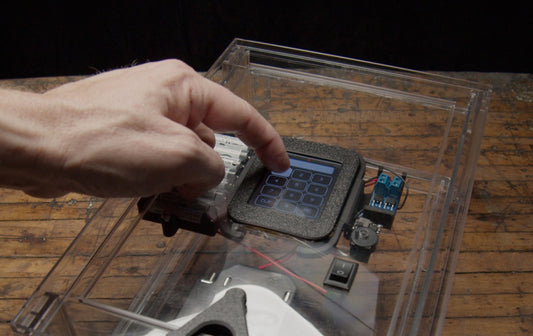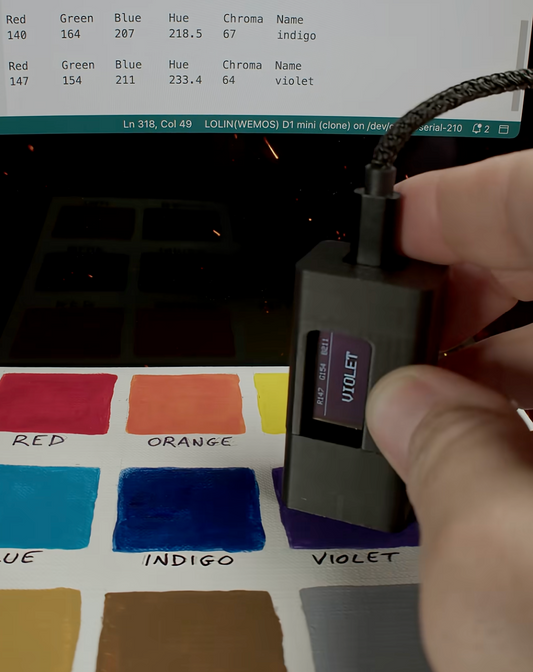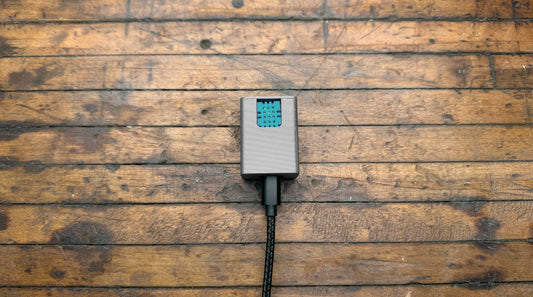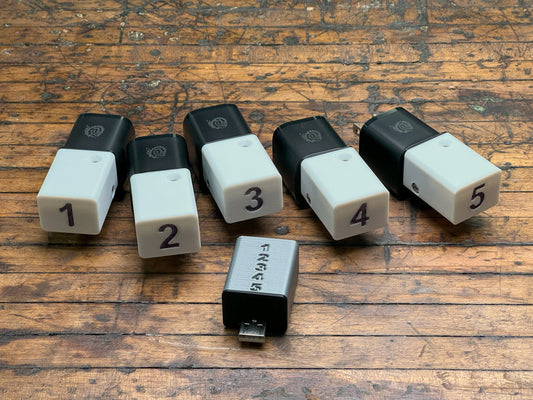Working with LEDs is both fundamental and intriguing. However, the key to using LEDs effectively lies in understanding how to select the right resistor. This not only ensures you don’t murder your LEDs but also prolongs their life.

LEDs are characterized by two critical parameters: forward voltage and current. The forward voltage, typically ranges from 2V to 3.2V depending on the color and size of your LED. This is the voltage required to light up the LED. The current, often around 20mA, is what the LED needs to operate efficiently without being damaged. Even though many LEDs can handle a burst up to 100mA, it’s better to stay under 20mA.

Applying Ohm's Law:
Ohm's law states that the voltage across a conductor is directly proportional to the current flowing through it.
The formula (R = V/I) is your best tool for calculating the necessary resistor value. Start by determining the voltage drop across the resistor, which is the difference between your power source (like a 9V battery) and the LED's forward voltage. For instance, using a red LED with a 2V forward voltage in a circuit with a 9V battery results in a 7V drop across the resistor.

Choosing the Resistor:
Once you know the voltage drop, divide it by the LED's current requirement to find the resistor value. Continuing our example, a 7V drop for a 20mA LED gives a resistor value of 350 ohms. If you don't have the exact value, opt for a higher one to ensure safety, like a 1K ohm resistor.

Picking the right resistor for your LED isn’t just about making it light up; it’s about precision and longevity. Now you are well on your way to creating efficient and durable LED circuits.





